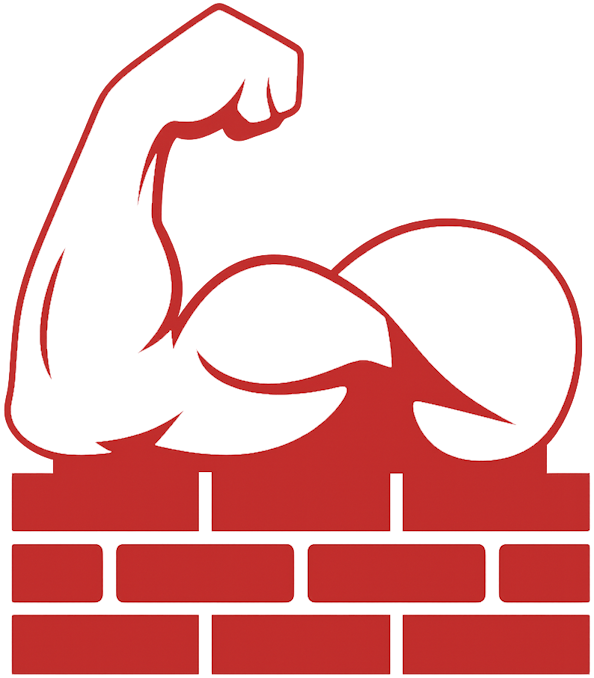From the Brickyard | Subject: What you don’t move is just as important as what you do
——
When most people think about form, they focus on what’s moving—activating the right muscles, executing proper technique, feeling the contraction, and controlling the tempo.
And that’s all vital.
But what about what’s not moving?
In other words:
What about the muscles that are working to keep you still? The ones that don’t move—but hold the line so you can?
Let’s take the squat.
You’re obviously moving at the hips, knees, and ankles.
But what shouldn’t be moving?
Your spine.
Your shoulders.
Your elbows.
Your wrists.
If those areas start wiggling or collapsing mid-rep, you’re not just losing power—you’re risking injury.
The unsung heroes here are your stabilizers. They’re working isometrically—contracting without changing length—to lock you into position. Without them, the whole lift falls apart.
So here’s the point:
Stabilization—aka non-movement—is just as important as the movement itself.
If you want clean, powerful, injury-free training, you need to dial in both.
A Challenge for You
Next time you’re under the weight, don’t just think about what’s moving—pay attention to what isn’t.
Ask yourself:
- What shouldn’t be moving right now?
- What stabilizers are keeping me locked in?
- Is anything moving that shouldn’t be?
If the answer to that last one is “yes,” you’ve got work to do.
4 Ways to Train Non-Movement Like a Pro
1. Be More Mindful.
Just becoming aware of the muscles holding you still will instantly level up your form. Don’t zone out—lock in.
2. Train at Your Actual Level.
Leave your ego at the door. If you’re flailing like a marionette with 135 lbs on the bar, drop the weight. Master the movement before you pile on the plates.
3. Fix Muscle Imbalances.
If one side’s pulling more than the other, or if your mobility sucks, you won’t stabilize well. Balance your structure and improve your range—then go heavy.
4. Respect the Process.
This isn’t fluff. This is what keeps you training long-term. This is how you build muscle safely and efficiently—for decades, not just for social media.
Give Non-Movement Its Due
You train to build muscle, move better, and stay bulletproof.
That only happens when you move what should move, and lock down what shouldn’t.
Don’t just chase motion.
Chase mastery.
Brick by brick.
-Brickwall

